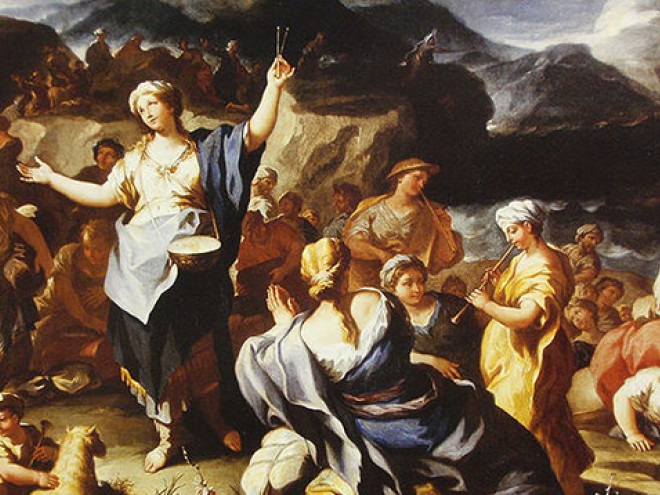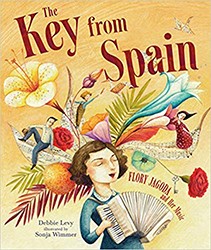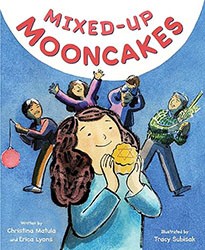Traditional Ethiopian Jewish embroidery — with its fine detailing, majestic colors, and light-hearted depictions of biblical themes — is treasured for its extraordinary aesthetic and cultural value. It is not only a decoration, but also a medium for preserving Jewish life and history when other materials are not readily available.
In The New Queen of Sheba, a group of Ethiopian Jewish children have been told by their kes, their revered teacher, that their age-old dream is about to come true. They will shortly depart Ethiopia, where life is harsh, and will resettle in Eretz Yisrael, where they will be able to start again with brighter hopes for the future. In preparation for this journey, the children are given pillows to be decorated according to a special theme: each child is asked to use his or her own biblical name as the motif for a drawing that the women will reproduce in traditional embroidery. Rebecca’s pillow will feature camels and a well; Jonah’s pillow will show a whale, Moses’ pillow will depict the splitting of the sea. The pillows may serve as a source of comfort, but will also remind the children of their history and the timeless traditions that will remain part of their daily lives. “Make it beautiful,” they are told. “It is your story.”
The children begin to draw, but one young girl is distressed by the project. Her name is Malka, a generic word for “queen,” and she is upset because she believes she does not have a biblical character of her own to inspire a work of art. The kes tells her that she does indeed have a biblical role model relating to her name: the Queen of Sheba is an important figure in Ethiopian Jewish lore. He describes how the Queen of Sheba visited King Solomon, tested his legendary wisdom, and then returned to Ethiopia bearing special gifts as a mark of the king’s esteem and deep respect. This queen is considered the ancestor of Ethiopian Jewry, and Malka’s name is one of which she can be proud.
The author’s short afterword educates the reader about two airlifts, Operation Moses in 1984 and Operation Solomon in 1991, which brought many Ethiopian Jews to Israel where they were able to start their lives anew in their ancestral homeland. He notes that the book’s vibrant illustrations are actual pillow covers made by Ethiopian Jews as they awaited their “miracle” — transportation to their holy land. He also cites the biblical verses that tell the story of King Solomon and the Queen of Sheba.
This unusual book, with its lush, impressive art tells a story that both educates and inspires.
Michal Hoschander Malen is the editor of Jewish Book Council’s young adult and children’s book reviews. A former librarian, she has lectured on topics relating to literacy, run book clubs, and loves to read aloud to her grandchildren.





